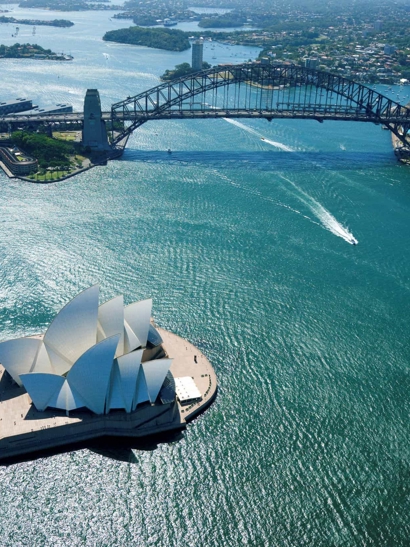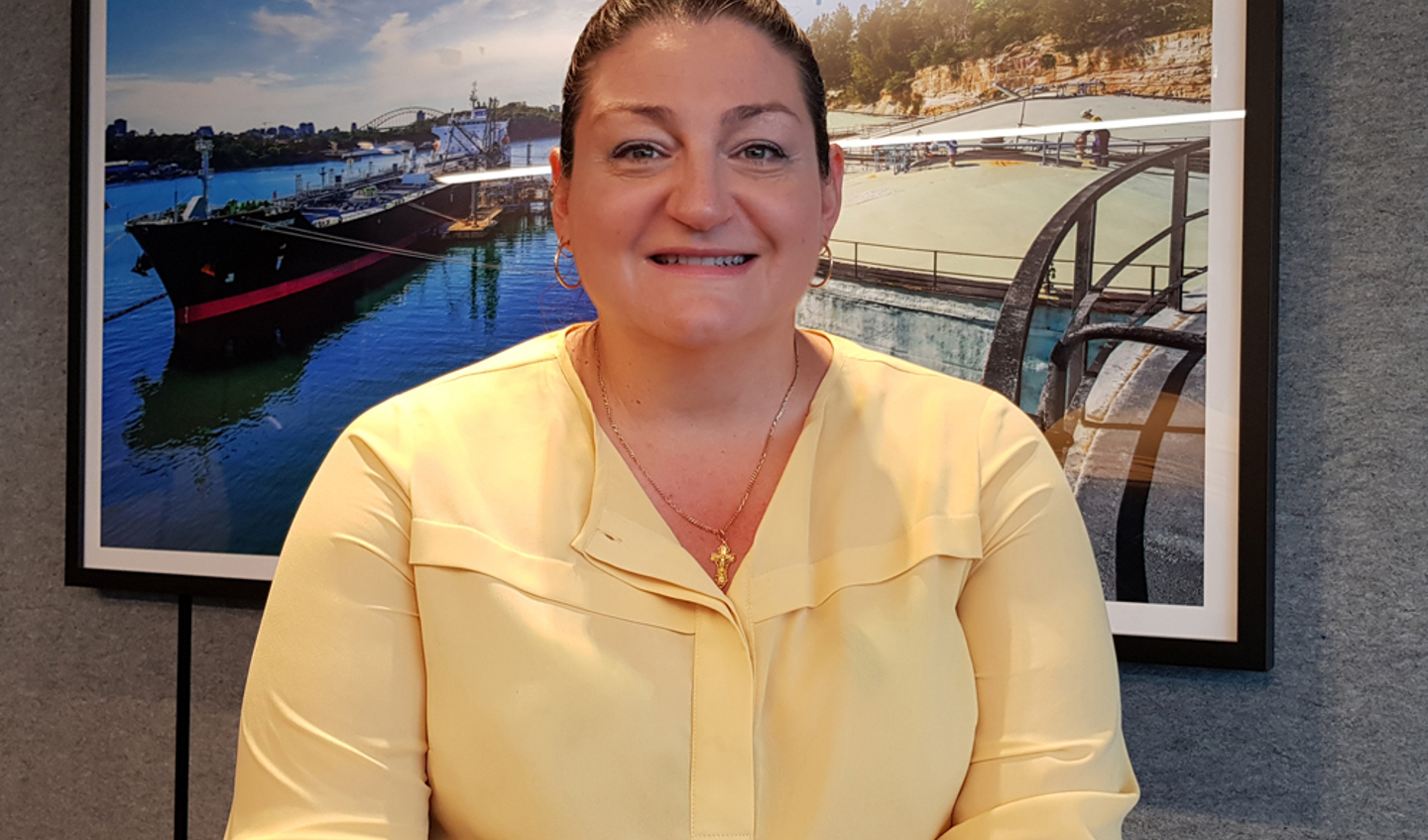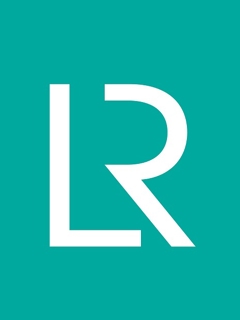Claudene Sharp-Patel has spent much of her life on boats and ships or working ashore in management and project-related shipping businesses. It’s not a surprise, considering she’s able to trace her seafaring forebears back to the early 1500s. When she was approached recently for a top technical role in shipping, she didn’t know who it was for, but understood its significance in the industry. When she saw the outline spec, she said to herself – “Wow! This is an amazing role.”
“It was all about tackling the energy transition, helping the shipping industry find a way forward over the next five, ten, 20 years,” she reveals. “And I just went: this is awesome! Later, when I discovered that it was LR, I knew it would be a good fit because it was to them that we turned when I had a previous role to help us on a challenging journey of ship modification.”
“Now I’m familiar with the LR team of first-class experts in their respective fields. We’ve already had fantastic conversations about combining their top expertise in the development of tomorrow’s shipboard energy systems – engines, fuels, tanks, containment, fuel supply systems, and safety. I can see this amazing excitement in their faces – they just light up!”
If there are more than a handful of people in the world with Sharp-Patel’s experience of shipping afloat and ashore, it would be surprising. She spent much of her childhood with her Master Mariner father, mother and numerous siblings (she is number five of seven) on general cargo and passenger ships.
She “pulled apart and rebuilt her first ship’s generator” at the age of 13 and opted for two weeks of work experience from her all-girls boarding school, on the work boats in Sydney Harbour, when she was 15.
A technical pioneer
Subsequently, she joined BHP as a cadet in 1992, working on the Australian coast, and when she went to study ashore at the Australian Maritime College, she found herself to be one of the tiny 3% intake of women.
She progressed swiftly through the marine engineering ranks in various companies including Shell UK (Stasco at that time) and BP. She was one of the first women to graduate from the Australian Maritime College with a Bachelor of Technology.
Although shoreside qualifications have always been an important string to her bow – Sharp-Patel is also an accomplished musician – she was determined to follow in her father’s footsteps at sea, though not on deck. She was the first woman in Australia to have a Chief Engineer’s motor ticket and the first woman, certainly in the western world, to hold a Chief Engineer’s combined ticket for both motor and steam.
In a typically self-deprecating manner, however, she says she “had it easy” compared with Victoria Drummond, the first British woman to be awarded a Chief Engineer’s steam ticket. At the time, the UK’s equivalent of the Maritime and Coastguard Agency refused to give her a ticket and she had to procure one from Panama.
Sharp-Patel would not have stood for such nonsense. With a bunch of burly brothers and, as a younger woman, a regular on the hockey field, in the gym, and as a tighthead prop in rugby, one imagines she was a force to be reckoned with, and still is.
Much of her success is clearly down to her diligence and determination. She has lived in various parts of the world, including the UK, where her knowledge of the geography exceeds most UK residents. But it has not been an easy life. As one of seven siblings, she had a modest upbringing and a disabled elder brother, born with cerebral palsy, epilepsy, and paralysed down his left side. He can now walk, talk, has completed his studies in HSSE with learning disabilities, and recently represented Australia in physical disability sport.


Meeting of minds
In a shipping context, she believes that a combination of sea time and management positions ashore has given her valuable insight into the ‘us and them’ camps in shipping which, even today, limit progress in technologies such as digitalisation and the energy transition. But it is precisely in these challenge areas, she insists, where LR’s technical team can fulfil a vital role in bringing diverse interests together to collaborate in new energy systems development.
She recalls a recent phone call in which a ship manager from an owning company called when he heard about her new position at LR. He said; “Well now that you’re there, we’ve got to comply with these CII regs, and SEEMP Part III. Can you help us?”
“Yes, of course,” I told him. “We know how to do that. Let us help you find a way forward. Our technology experts are conducting exactly this exercise for countless others. We have the technical capabilities and I know how good my team members are.”
All options open
So what are the ways forward? Sharp-Patel answers carefully. She does not believe any future fuel options should be ruled out… yet.
Nuclear, for example, a sector in which LR has been involved for close to half a century, offers interesting options but its safe technologies, such as molten salt reactors (MSR), have been stained by accidents involving high-pressure reactor failures such as Chernobyl and Fukushima. MSRs, on the other hand, operate at ambient pressure, have a very small footprint, provide zero-carbon energy at an astonishing power density, and may never have to be refuelled. No need for a global bunkering infrastructure.
On hydrogen and ammonia, much will depend on how they are produced and whether sustainable power can replace fossil fuels in that process. But Sharp-Patel is anxious to stress the importance of the supply chain. “For ships running on fixed schedules between ports known in advance, suitable supplies can be made available relatively easily. That’s why green corridors are so important. We’ve had them in Australia for some time – on both the east and west coasts. But what about bulk carriers working tramp trades? Fuel security is essential. It’s not just as simple as saying ships must have an alternative fuel by date x. We have to work with the technology experts, the engine makers, ship designers, builders, regulators, flag states, and so on.”
Retrofits and conversions
She points out that there are many thousands of existing vessels that will require attention too. A tightening CII framework will only go so far; there will come a time in less than ten years when new engineering innovations will be required. But whether carbon-zero fuels are ready by then at scale remains to be seen.
“We have the team, with all the specialisms, to support all of these processes,” she declares. “So I see my job as bringing together the wide range of experts to develop new integrated systems with all their components and supply requirements.”
So will fossil fuels still feature in the equation? Sharp-Patel can see no circumstances in which these sources of energy can be phased out in the foreseeable future. We will still need steel, cement, fertiliser, petrochemicals and other hard-to-abate sectors which are ahead of global shipping on the priority list. Technology must focus on fossil-free production, carbon capture and storage, and circular carbon sustainability.
What would she say to a ‘Just Stop Oil’ protestor who had stuck themselves to an overhead gantry or bridge?
“I’ve thought about that one long and hard and asked some of my colleagues this,” she replies. “I think I’d like to ask them where they got the glue.”







